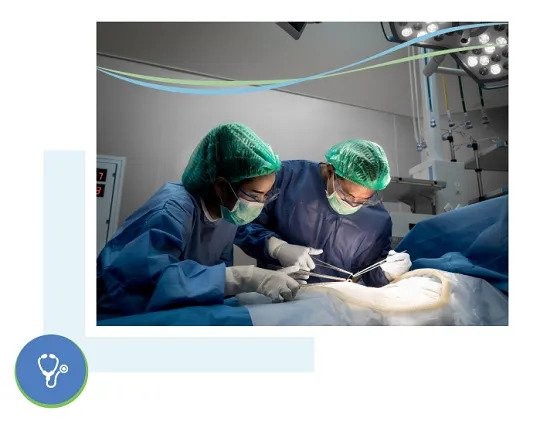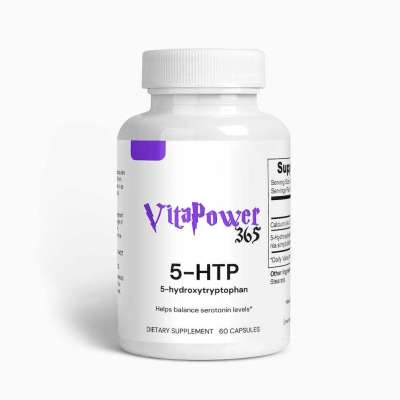Gynae singapore
Some conditions that threaten women’s lives in childbirth & pregnancy
Some women experience life-threatening complications when about to give birth or just after childbirth. These conditions are uncommon and can affect women who are otherwise healthy. Sometimes the conditions are diagnosed when the women are still expectant while others are reported as emergencies, hence varying from one woman to the other. Please read on to find out more of these conditions.
Hemorrhage
This is heavy and uncontrolled bleeding. It can happen before or just after childbirth. Normally at childbirth, the mother may lose about 200 to 300 ml of blood. However, in some circumstances, more bleeding may occur and rarely, haemorrhage of more than 1 to 1.5 L of blood. This kind of hemorrhage is known as post-partum hemorrhage (PPH) Also, it can happen either within the first 24 hours or a few weeks later. This can be due to uterine atony, retained placenta, vaginal lacerations etc.
Sometimes bleeding can occur during the pregnancy itself and its called antepartum haemorrhage (APH) It can be a result of a low lying placenta or placenta abruption. The bleeding if not stopped may affect both the baby’s and the mother’s lives and sometimes, emergency delivery of the premature baby may save both lives.
Preeclampsia
This is a condition that occurs during the pregnancy, usually after 20 weeks pregnancy. It results in high blood pressure and if untreated can lead to end organ issues, fits,stroke, premature birth and even intrauterine death. The condition can be prevented from progressing if diagnosed early and treatment started. The cure for preeclampsia is to give birth. However if the baby is premature its important to continue with treatment and close monitoring for any complications. The timing for the delivery is a balance of the risks of continuing with the pregnancy vs Preterm birth. Importantly, the mother should discuss the best timing for this with the doctor.
Disorders of the Placenta
The placenta is an important organ that nourishes the baby and attaches to the womb. It can have several complications such as;
Placenta accreta; The placenta is adherent to the womb.
Placenta percreta; The placenta grows into the womb wall and sometimes may grow beyond into the mother’s bladder.
Both placenta accreta and percreta are serious conditions and is found more frequently in women with previous caesarean sections
Placenta praevia; A case of the low-lying placenta which can have varying levels of severity. When it is close to or across the cervix, it can block the babys passage. On the other hand, when it is too low, the mother can bleed during the pregnancy or after childbirth. This can potentially lead to catastrophic bleeding that can affect both mother’s and baby’s lives.
Retained placenta; A portion of or the whole placenta may not be delivered and can lead to hemorrhage and other infections.
Placenta Abruption;
Read more : https://timothylimclinic.com/g....ynaecological-oncolo












